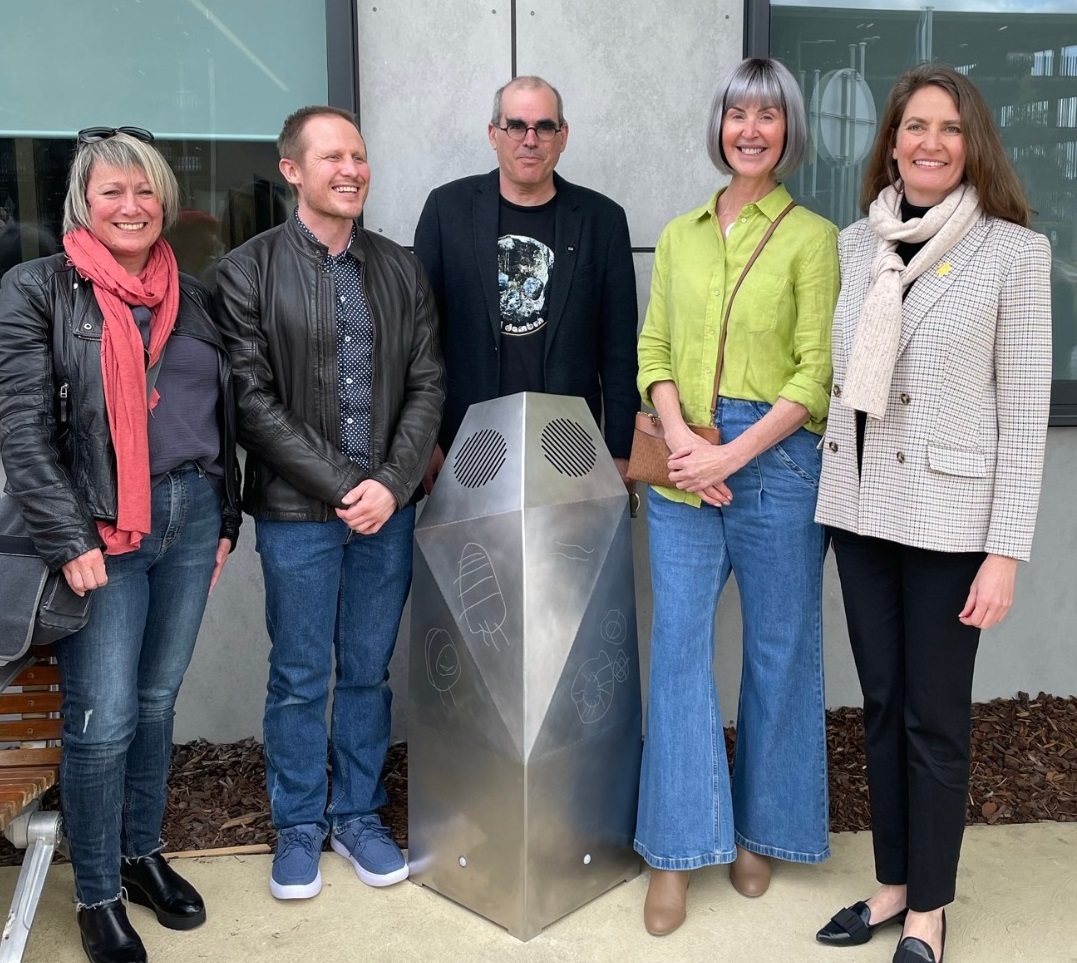Don’t leave us behind – creating a ‘new normal’ for the vulnerable
“… the arts sector, with government support, must continue adapting its practice to ensure that it promotes public health, and provides artistic experiences to those who might need it most..”
As published by Limelight Magazine in July 2022.
Is the arts sector returning to normal after two such disruptive and traumatic years? Audiences are returning and work is resuming, as the media reports a light at the end of a dark tunnel.
However, the harsh reality is that we are nowhere near normal. Dozens of Australians are dying every day due to COVID-19. Thousands of Australians with invisible disabilities are being left behind as the easing of restrictions prevents them from social engagement due to their immunodeficiency. Reports celebrate the return of audiences in high numbers, despite the fact that this has resulted in super-spreader events – an attitude that is blind to the lives both lost and compromised. The arts have been hit hard, but the arts sector and the government have a responsibility to adapt artistic practice to protect the lives of those at risk, and to ensure we don’t leave more Australians further behind in their access to live performance and creative industries.
I am an artist and. like many, faced a significant loss of income as a result of the pandemic. During this time, I was diagnosed with bowel cancer and quickly discovered what it is like for thousands of Australians who have an invisible disability due to my immunodeficiency. No matter how many precautions my family takes, any increase in community transmission increases risks that may potentially compromise my life and treatment. And I’m not alone. Thousands of Australians are still profoundly affected by COVID-19, including the families left mourning in the wake of the 40-odd COVID-19 linked deaths every day.
Given the potential for large arts events to be a link in a chain of infection, should they be cancelled?
I don’t believe so. But the arts sector does need to accept the reality of this new world and not turn its back on those most vulnerable. The arts should be the standard-bearer of socially ethical practice, and arts organisations must consider how to minimise risk. Should this mean normalising mask-wearing and enforcing social distancing? Arts organisations have been struggling with this, but there is no simple answer. It is a conversation that must be had within the sector, because appropriate levels of social responsibility are a new cost in running an artistic business.
I’ve interviewed many immunodeficient people, some of whom are terrified to enter an environment, where not enough precautions have been taken. It is already hard for many with diverse access needs to engage with the arts, and present practice is restricting access even further for a new cohort of vulnerable Australians, due to risks associated with mass gatherings. Since this is an invisible disability, and the many people who live with it are isolated, they do not have a collective voice.
Some simple steps would help bring the arts to vulnerable people in a new COVID world. Arts organisations and venues could provide opt-in sectioned seating with social distancing between groups, mandatory mask-wearing and dedicated entry points. According to epidemiologists, these strategies would not only significantly reduce the risks faced by immunodeficient and vulnerable people, but also incentivise attendance. Additionally, philanthropic campaigns could assist in selling the ‘empty’ seats required for social distancing.
The fragility of the arts sector has meant that organisations are pressured to bring audiences back as quickly as possible. The previous Federal government provided targeted support during the pandemic to the Arts through RISE – ‘Restart Investment to Sustain and Expand’. There is now a new normal, and we need more than a restart. It is time for government to support and incentivise arts organsiations to put into place measures that protect the vulnerable. And while the arts sector widely celebrated the new Federal Labor Government for its commitment to social justice, it is time to work with all tiers of government and ensure more Australians aren’t left behind.
The arts have been battered and bruised since the pandemic began, however the sector must remember that its primary responsibility is to nurture and inspire society. Artistic practice is a selfless gift that has the power to lead the community through kindness and creativity. Many arts organisations are putting in place positive measures, such as daily COVID testing of artists. While promising, these organisations need to expand on these measures if they are to fulfil their social responsibilities. The arts sector, with government support, must continue adapting its practice to ensure that it promotes public health, and provides artistic experiences to those who might need it most.

